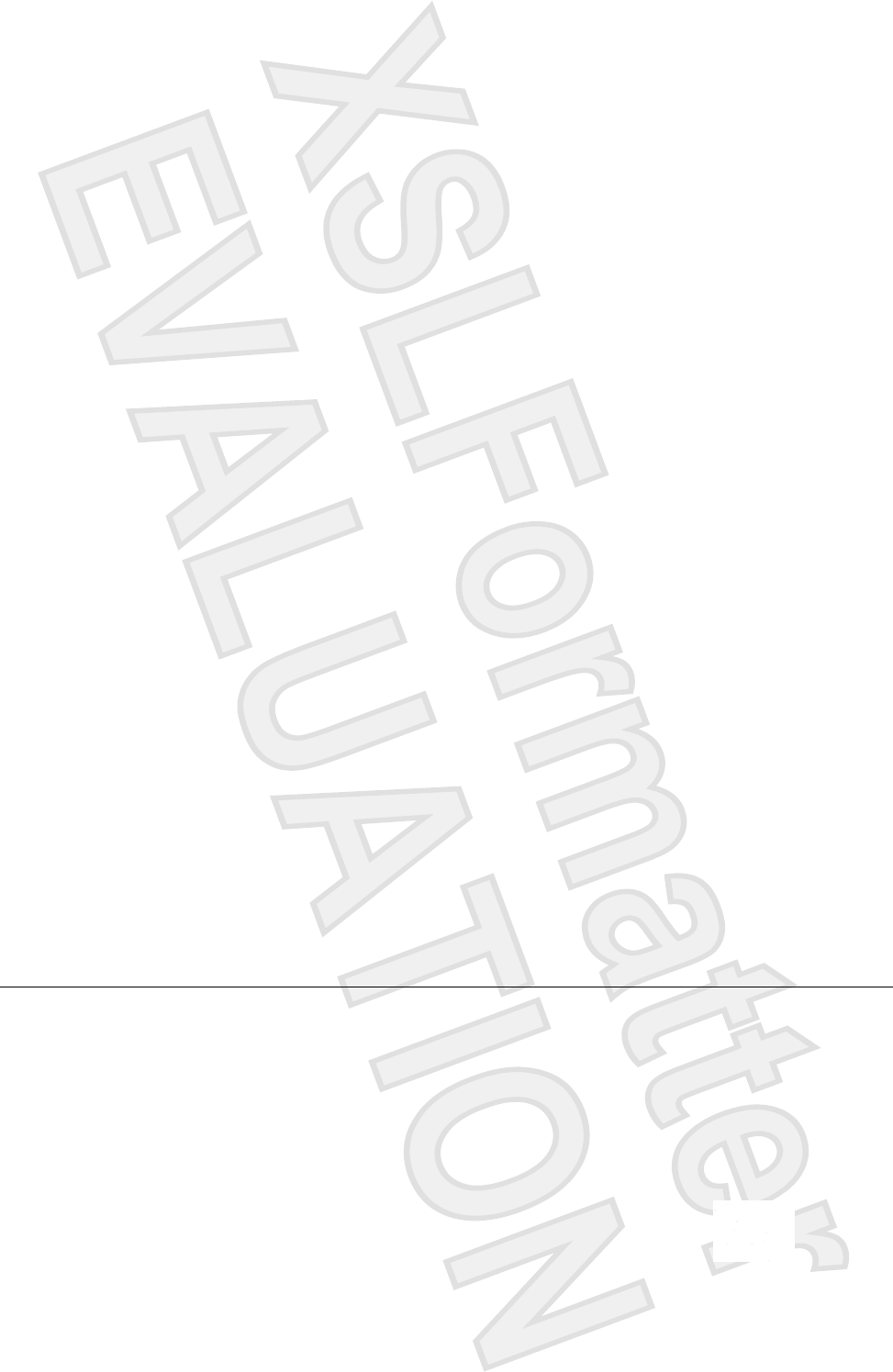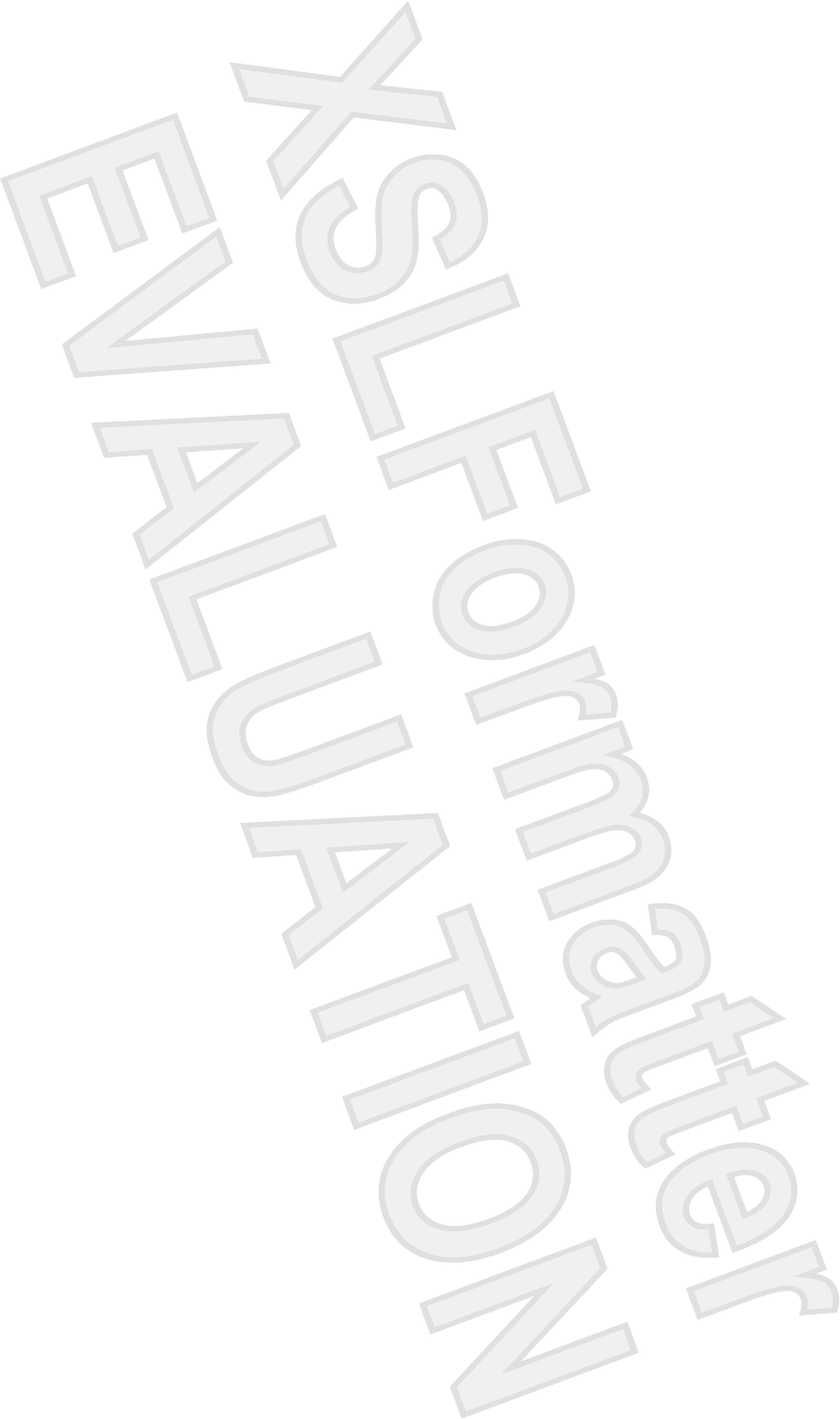Broadcom BRCM1036 802.11ag/Draft 802.11n WLAN PCI-E Minicard User Manual Manual 9
Broadcom Corporation 802.11ag/Draft 802.11n WLAN PCI-E Minicard Manual 9
Broadcom >
Contents
Manual 9

© Copyright 2007 Hewlett-Packard
Development Company, L.P.
Microsoft and Windows are U.S. registered
trademarks of Microsoft Corporation.
The information contained herein is subject
to change without notice. The only
warranties for HP products and services are
set forth in the express warranty statements
accompanying such products and services.
Nothing herein should be construed as
constituting an additional warranty. HP shall
not be liable for technical or editorial errors
or omissions contained herein.
First Edition: January 2007
Document Part Number: 431180-001
Antenna House XSL Formatter (Evaluation) http://www.antennahouse.com/
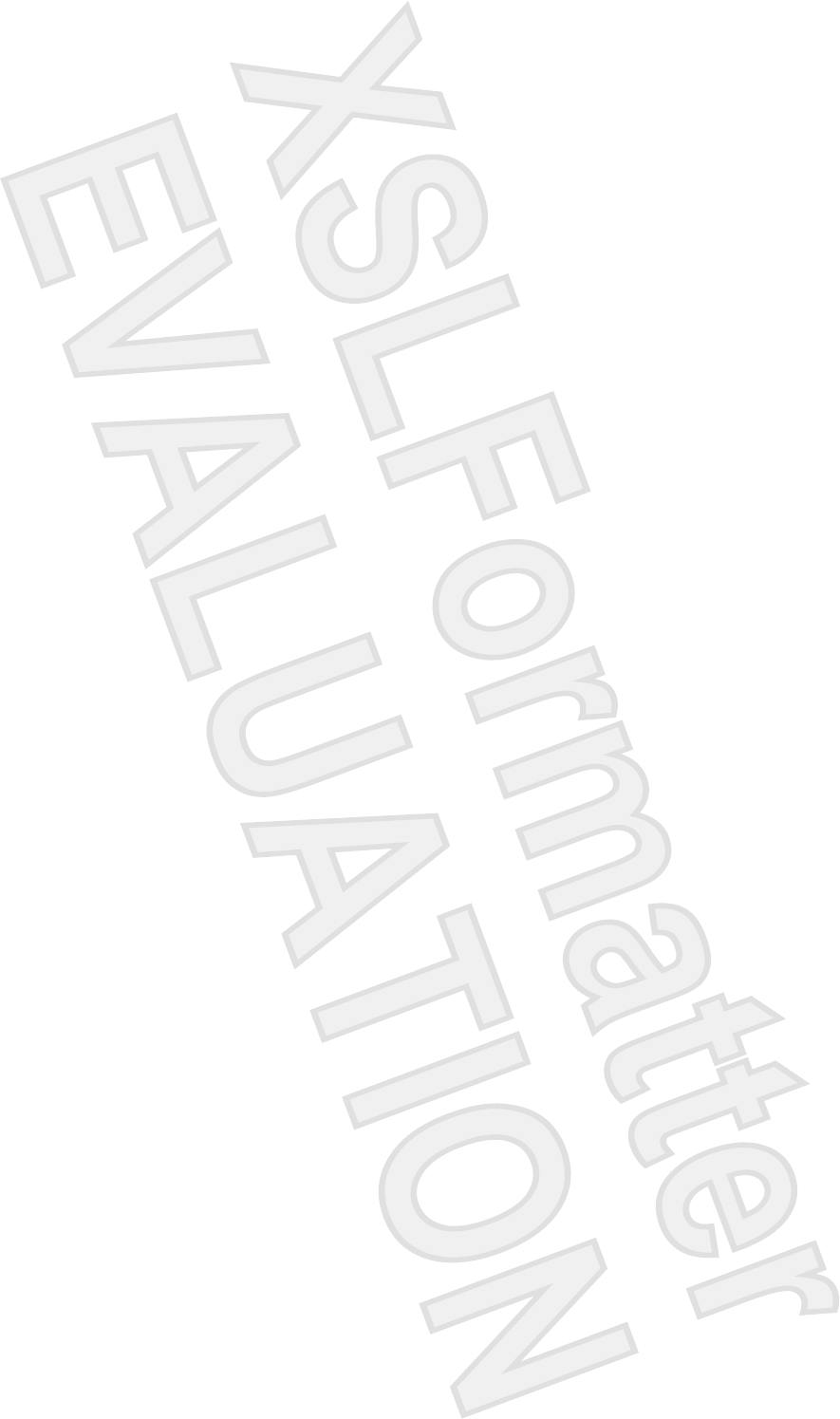
Table of contents
1 Setting power options
Using power-saving states ................................................................................................................... 1
Initiating or exiting Sleep ...................................................................................................... 1
Initiating or exiting Hibernation ............................................................................................ 2
Using power plans ................................................................................................................................ 3
Viewing the current power plan ........................................................................................... 3
Selecting a different power plan .......................................................................................... 3
Customizing power plans ..................................................................................................... 3
Setting a password prompt on wakeup ................................................................................................ 4
2 Using battery power
Using the battery meter ........................................................................................................................ 6
Displaying the remaining battery charge ............................................................................. 6
Hiding or displaying the battery meter icon .......................................................................... 6
Inserting or removing the battery .......................................................................................................... 7
Charging a battery ................................................................................................................................ 8
Managing low-battery conditions .......................................................................................................... 9
Identifying low-battery conditions ......................................................................................... 9
Resolving a low-battery condition ...................................................................................... 10
Resolving a low-battery condition when external power is available ................ 10
Resolving a low-battery condition when a charged battery is available ............ 10
Resolving a low-battery condition when no power source is available ............. 10
Resolving a low-battery condition when the computer cannot exit
Hibernation ........................................................................................................ 10
Calibrating a battery ........................................................................................................................... 11
Step 1: Fully charge the battery ........................................................................................ 11
Step 2: Disable Hibernation and Sleep .............................................................................. 11
Step 3: Discharge the battery ............................................................................................ 12
Step 4: Fully recharge the battery ...................................................................................... 13
Step 5: Reenable Hibernation and Sleep .......................................................................... 13
Conserving battery power .................................................................................................................. 14
Storing a battery ................................................................................................................................. 15
Disposing of a used battery ................................................................................................................ 16
3 Using external AC power
Connecting the AC adapter ................................................................................................................ 18
4 Shutting down the computer
ENWW iii
Antenna House XSL Formatter (Evaluation) http://www.antennahouse.com/
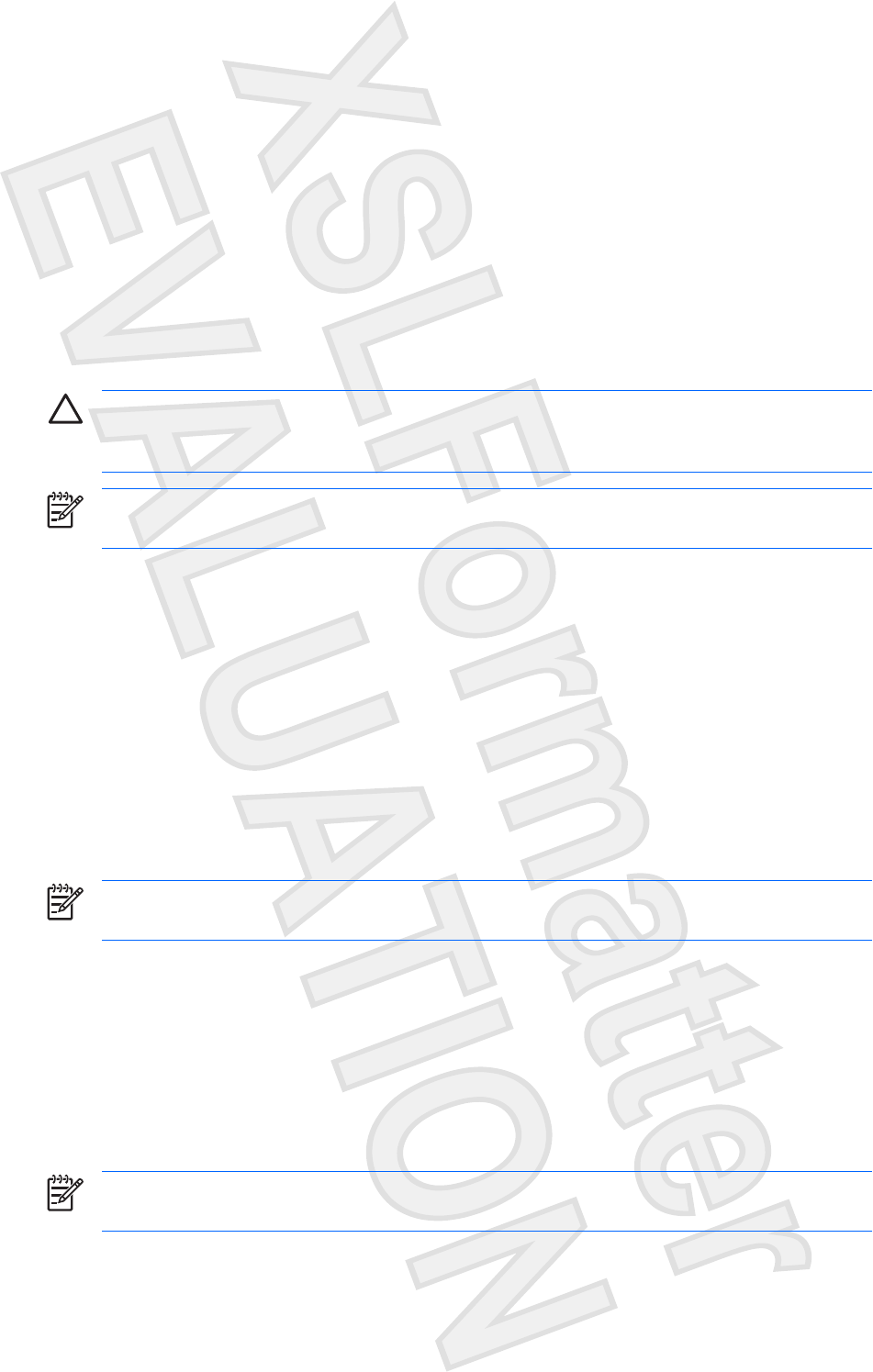
1 Setting power options
Using power-saving states
CAUTION To prevent possible audio and video degradation, or loss of audio or video playback
functionality, or loss of information, do not initiate Sleep or Hibernation while reading from or
writing to a disc or an external media card.
NOTE You cannot initiate any type of networking communications or perform any computer
functions while the computer is in the Sleep state or in Hibernation.
The computer has two power-saving states enabled at the factory: Sleep and Hibernation.
When you initiate Sleep, the power lights blink and the screen clears. Your work is saved to memory,
letting you exit Sleep faster than exiting Hibernation. If the computer is in the Sleep state for an extended
period or the battery reaches a critical low-battery state while in the Sleep state, your work is saved to
the hard drive.
When you initiate Hibernation, your work is saved to a hibernation file on the hard drive and the computer
turns off.
Initiating or exiting Sleep
The system is set at the factory to initiate Sleep after 10 minutes of inactivity when running on battery
power and 25 minutes of inactivity when running on external power.
NOTE Power settings and timeouts can be changed using Power Options in Windows Control
Panel.
With the computer on, you can initiate Sleep in any of the following ways:
●Press fn+f5.
●Close the display.
●Click Start, click the icon next to the Lock button, and then click Sleep.
To exit Sleep, press the power button. When the computer exits Sleep, the power lights turn on and
your work returns to the screen where you stopped working.
NOTE If you have set a password to be required upon wakeup, you must enter your Windows
password before your work will return to the screen.
ENWW Using power-saving states 1
Antenna House XSL Formatter (Evaluation) http://www.antennahouse.com/
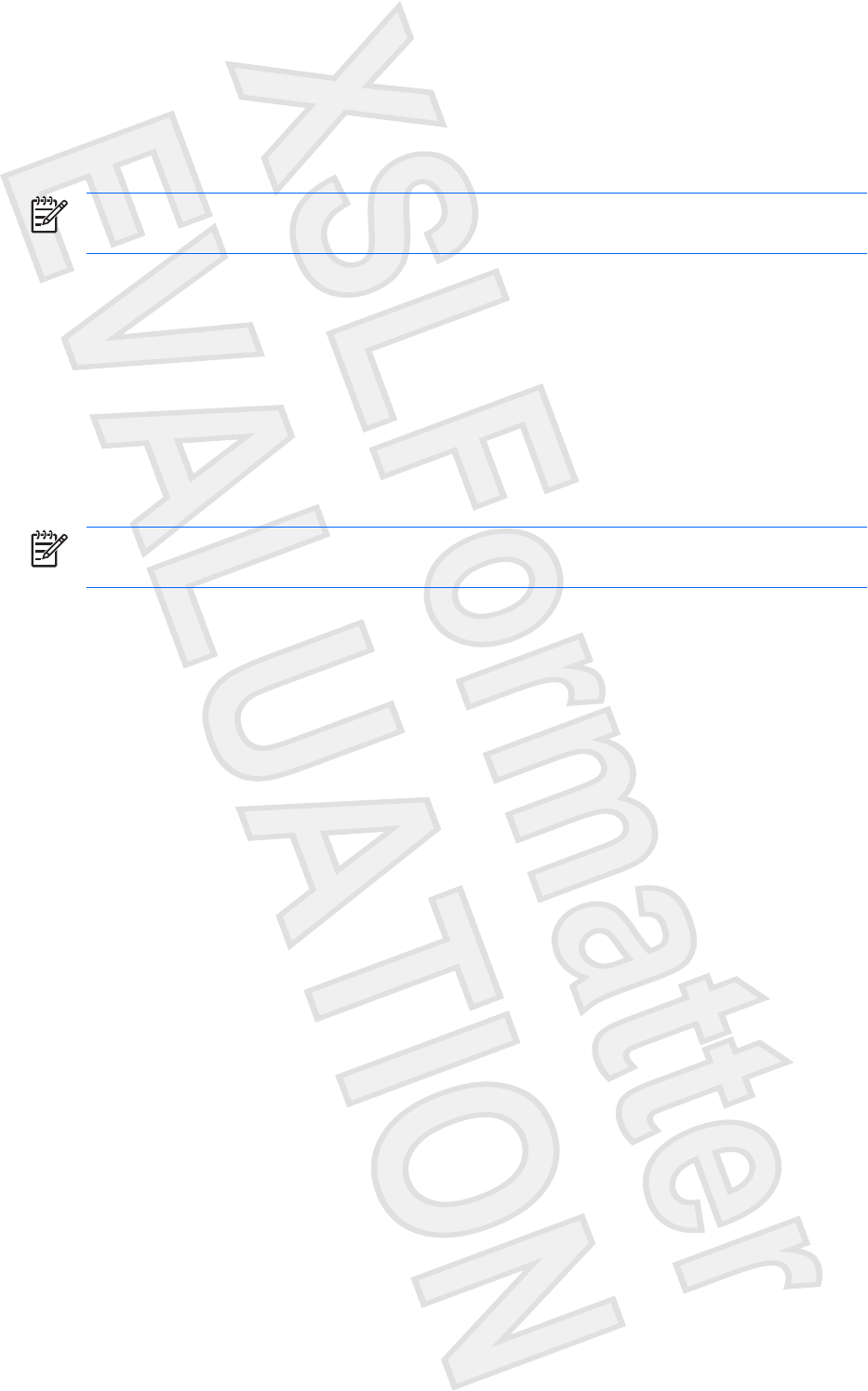
Initiating or exiting Hibernation
The system is set at the factory to initiate Hibernation after minutes of inactivity or if the battery reaches
a critical low-battery state.
NOTE Power settings and timeouts can be changed using Power Options in Windows Control
Panel.
To initiate Hibernation:
Press the power button.
– or –
a. Click Start, and then click the arrow next to the Lock button.
b. Click Hibernate.
To exit Hibernation, press the power button. The power lights turn on and your work returns to the screen
where you stopped working.
NOTE If you have set a password to be required upon wakeup, you must enter your Windows
password before your work will return to the screen.
2 Chapter 1 Setting power options ENWW
Antenna House XSL Formatter (Evaluation) http://www.antennahouse.com/
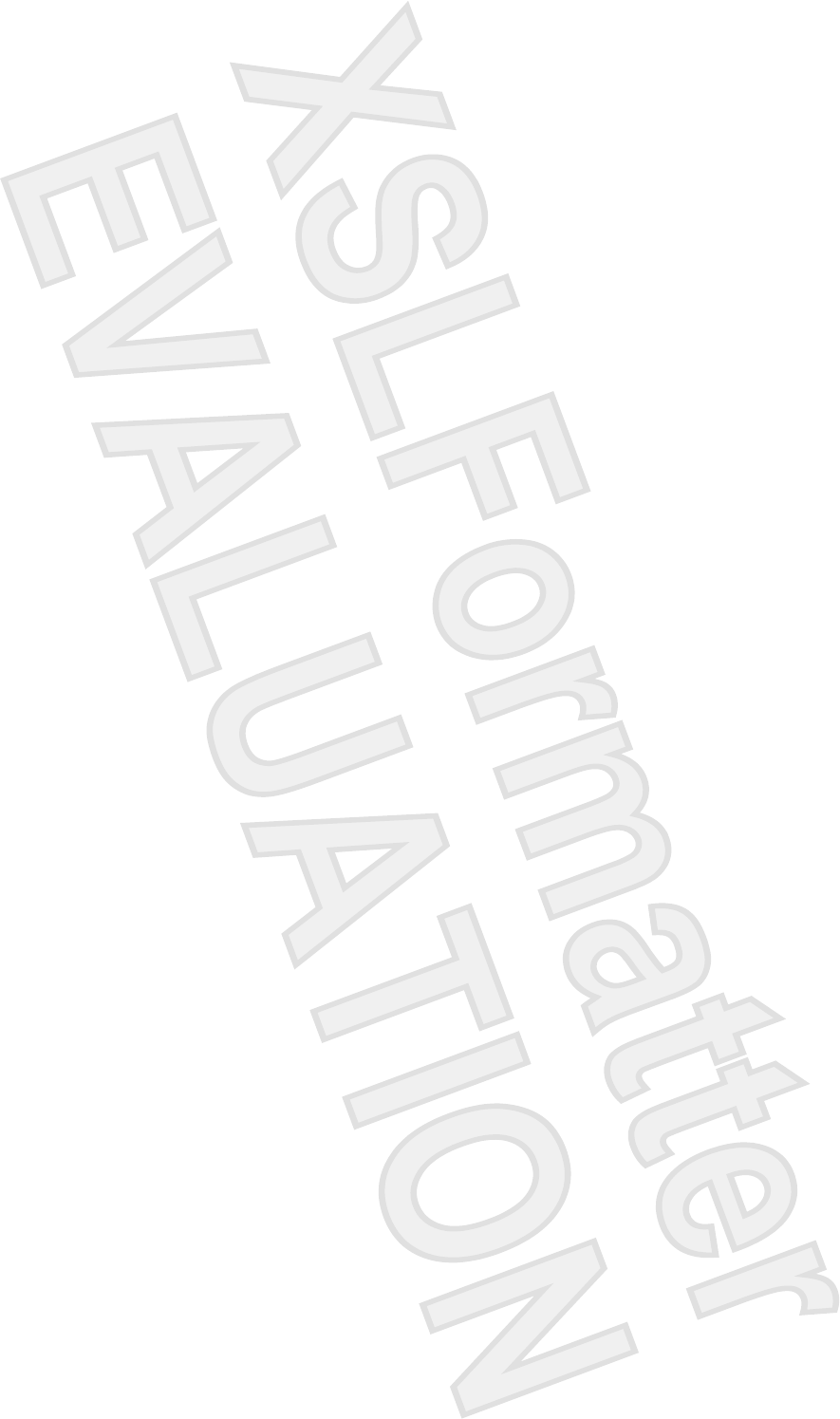
Using power plans
A power plan is a collection of system settings that manages how the computer uses power. Power
plans can help you conserve power and maximize performance.
Windows Vista provides 3 power plans:
●Balanced—Balances energy consumption and system performance.
●Power saver—Conserves power by reducing system performance.
●High performance—Provides the highest level of system performance.
You can change the settings of these power plans or create your own power plan.
Viewing the current power plan
Move the pointer over the battery meter icon in the notification area, at the far right of the taskbar.
– or –
Select Start > Control Panel > System and Maintenance > Power Options.
Selecting a different power plan
Click the battery meter icon in the notification area, at the far right of the taskbar, and then select
a power plan from the list.
– or –
Select Start > Control Panel > System and Maintenance > Power Options, and then select a
power plan from the list.
Customizing power plans
1. Click the battery meter icon in the notification area and then click More power options.
– or –
Click Start > Control Panel > System and Maintenance > Power Options.
2. Under the computer's selected power plan, click Change plan settings.
3. Change the Turn off display and Put computer to sleep timeout settings, as needed.
4. To change additional settings, click Change advanced power settings and make your changes.
ENWW Using power plans 3
Antenna House XSL Formatter (Evaluation) http://www.antennahouse.com/
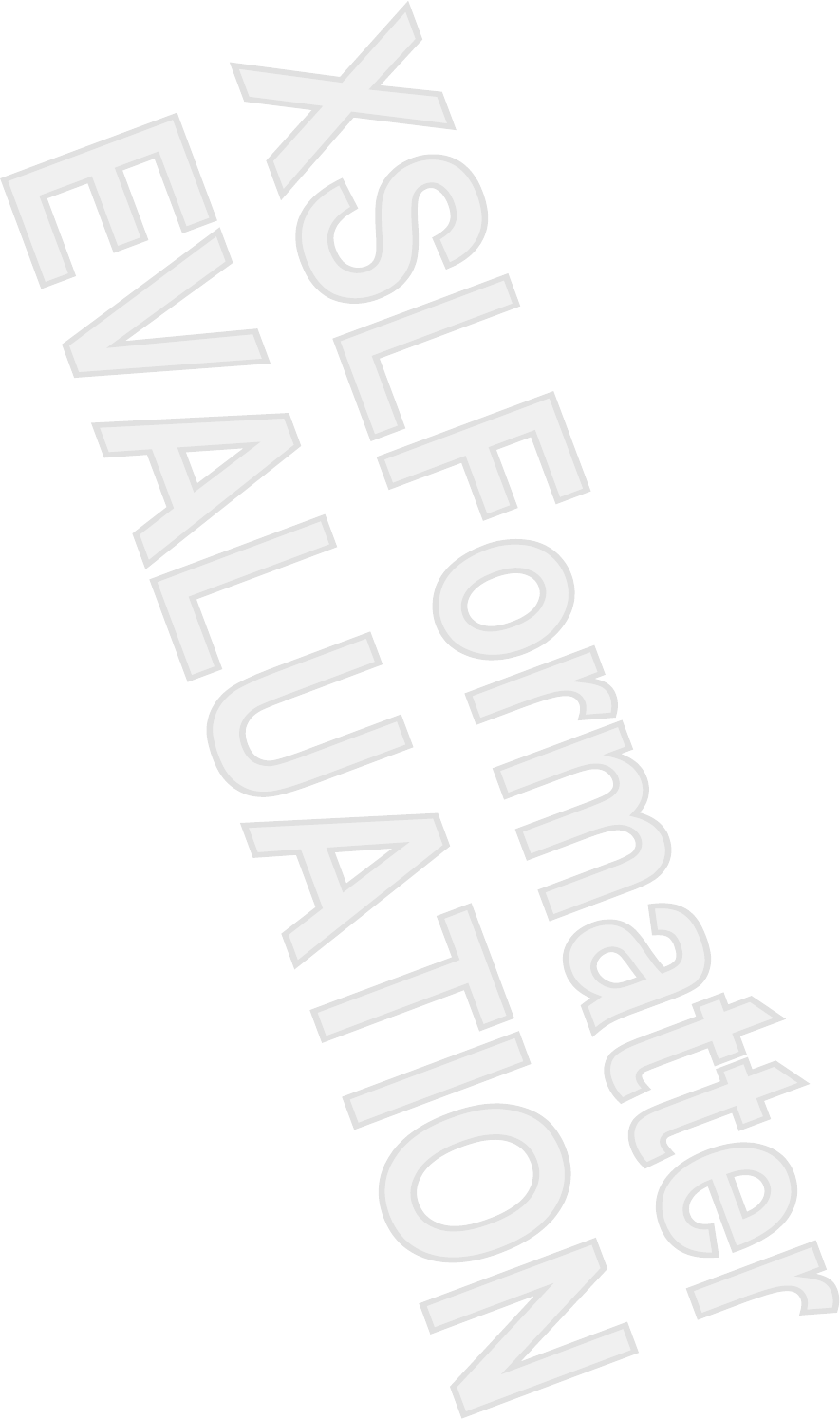
Setting a password prompt on wakeup
To set the computer to prompt for a password when the computer exits Sleep:
1. Select Start > Control Panel > System and Maintenance > Power Options.
2. Click Require a password.
3. Click Save changes.
4 Chapter 1 Setting power options ENWW
Antenna House XSL Formatter (Evaluation) http://www.antennahouse.com/
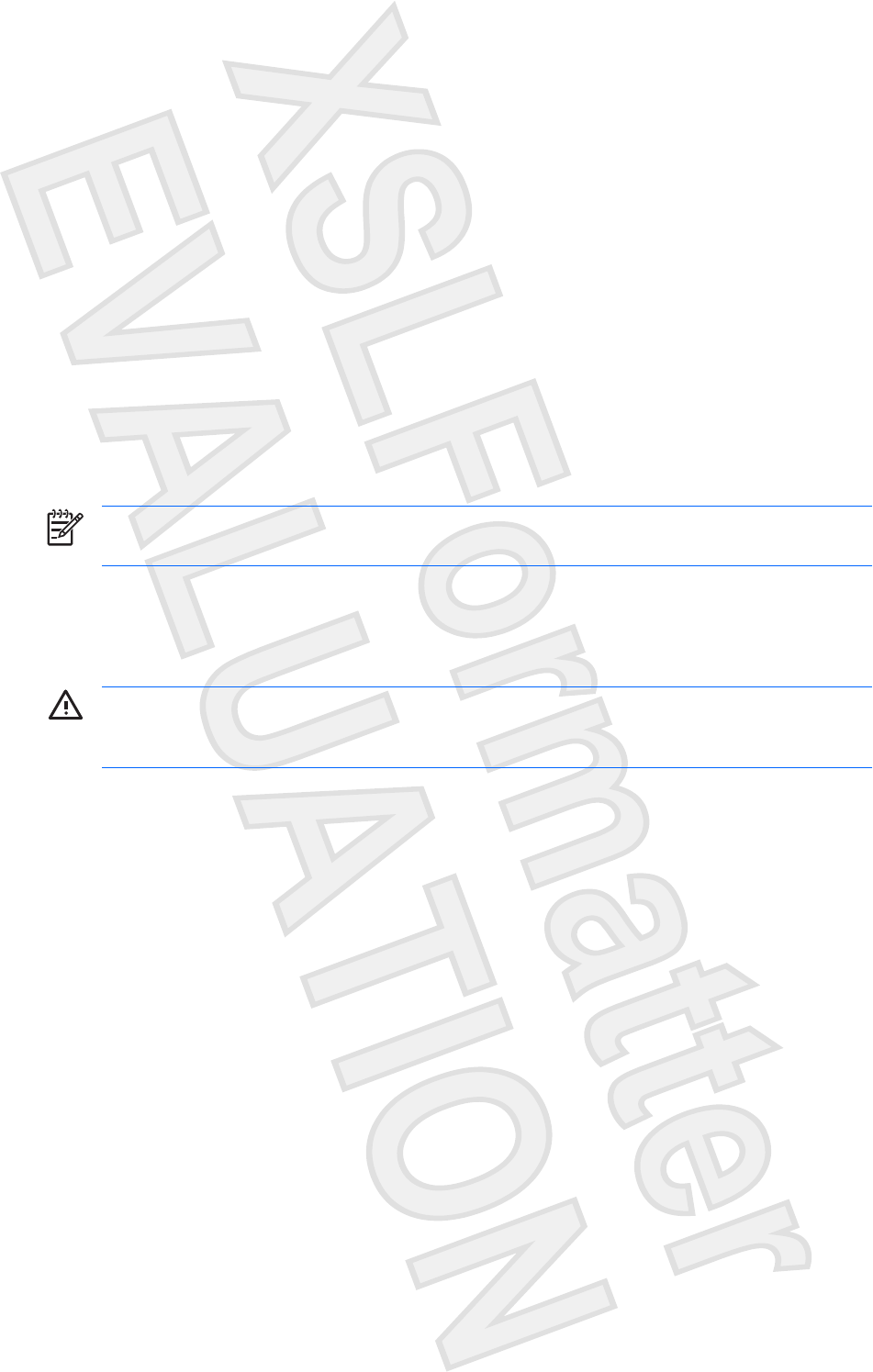
2 Using battery power
When a charged battery is in the computer and the computer is not plugged into external power, the
computer runs on battery power. When the computer is plugged into external AC power, the computer
runs on AC power.
If the computer contains a charged battery and is running on external AC power supplied through the
AC adapter, the computer switches to battery power if the AC adapter is disconnected from the
computer.
NOTE The display brightness is decreased to save battery life when you disconnect AC power.
To increase display brightness, use the fn+f8 hotkey or reconnect the AC adapter.
You can keep a battery in the computer or in storage, depending on how you work. Keeping the battery
in the computer whenever the computer is plugged into AC power charges the battery and also protects
your work in case of a power outage. However, a battery in the computer slowly discharges when the
computer is off and unplugged from external power.
WARNING! To avoid potential safety issues, use only the battery provided with the computer,
a replacement battery provided by HP, or a compatible battery purchased as an accessory from
HP.
ENWW 5
Antenna House XSL Formatter (Evaluation) http://www.antennahouse.com/
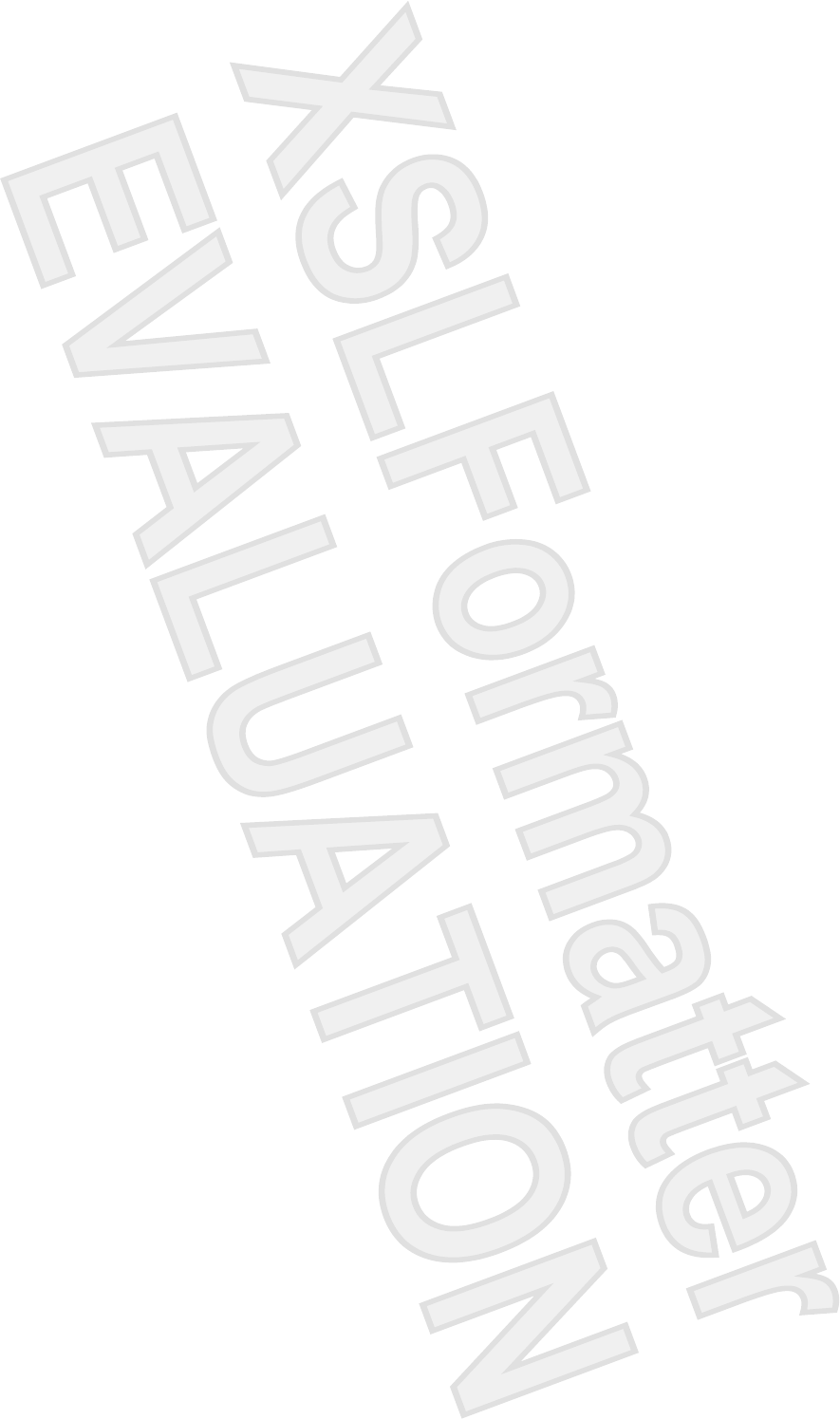
Using the battery meter
The battery meter allows you to quickly access power settings and select a different power plan. To
display the percentage of remaining battery charge and the current power plan, move the pointer over
the battery meter icon, located in the notification area at the far right of the taskbar. To access Power
Options or the Mobility Center, or to change the power plan, click the battery meter icon.
The battery meter icon changes shape to indicate whether the computer is running on battery or external
power. The icon also displays a message if the battery has reached a critically low level.
Displaying the remaining battery charge
Move the pointer over the battery meter icon in the notification area, at the far right of the taskbar.
You can view the estimated number of minutes of charge remaining in the Mobility Center. To open
Mobility Center.
The time indicates the approximate running time remaining if the computer continues to consume power
at the current level. For example, the time remaining decreases when playing a DVD and increases
when a DVD stops playing.
Hiding or displaying the battery meter icon
1. Right-click the taskbar, and then click Properties.
2. Click the Notification Area tab.
3. Under System icon, clear the Power check box to hide the battery meter icon, or select the
Power check box to display the battery meter icon.
4. Click OK.
6 Chapter 2 Using battery power ENWW
Antenna House XSL Formatter (Evaluation) http://www.antennahouse.com/
TBD - I do not
have a unit with
Mobility Center
working, so this
will be updated
at a later date.
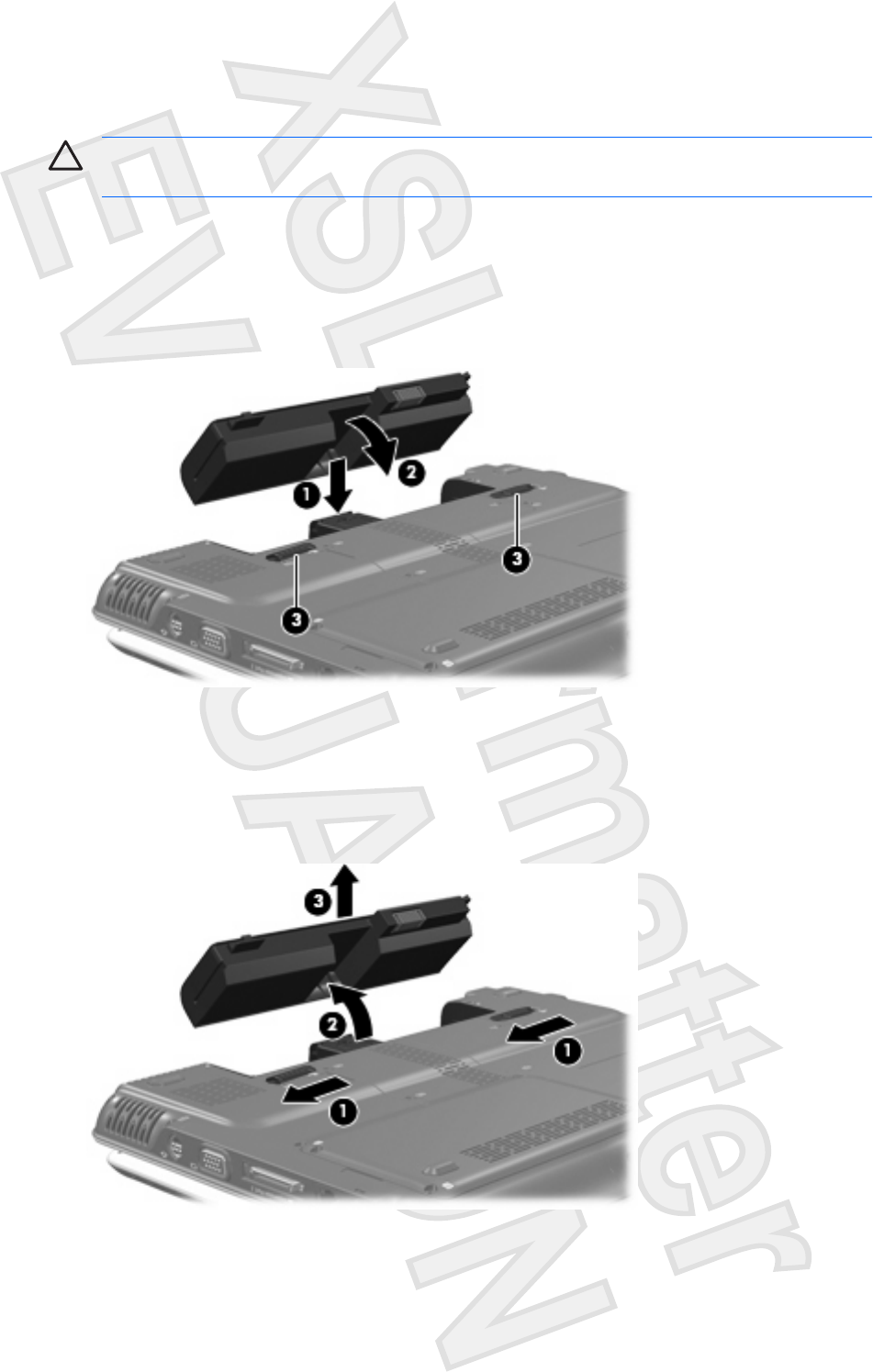
Inserting or removing the battery
CAUTION To prevent loss of information when removing a battery that is the sole power source,
initiate Hibernation or turn off the computer before removing the battery.
To insert the battery:
1. Turn the computer upside down on a flat surface.
2. Insert the battery into the battery bay (1) and rotate it downward until it is seated (2).
The battery release latches (3) automatically lock the battery into place.
To remove the battery:
1. Turn the computer upside down on a flat surface.
2. Slide the battery release latches (1) to release the battery.
3. Pivot the battery(2) away from the computer and remove it from the computer (3).
ENWW Inserting or removing the battery 7
Antenna House XSL Formatter (Evaluation) http://www.antennahouse.com/
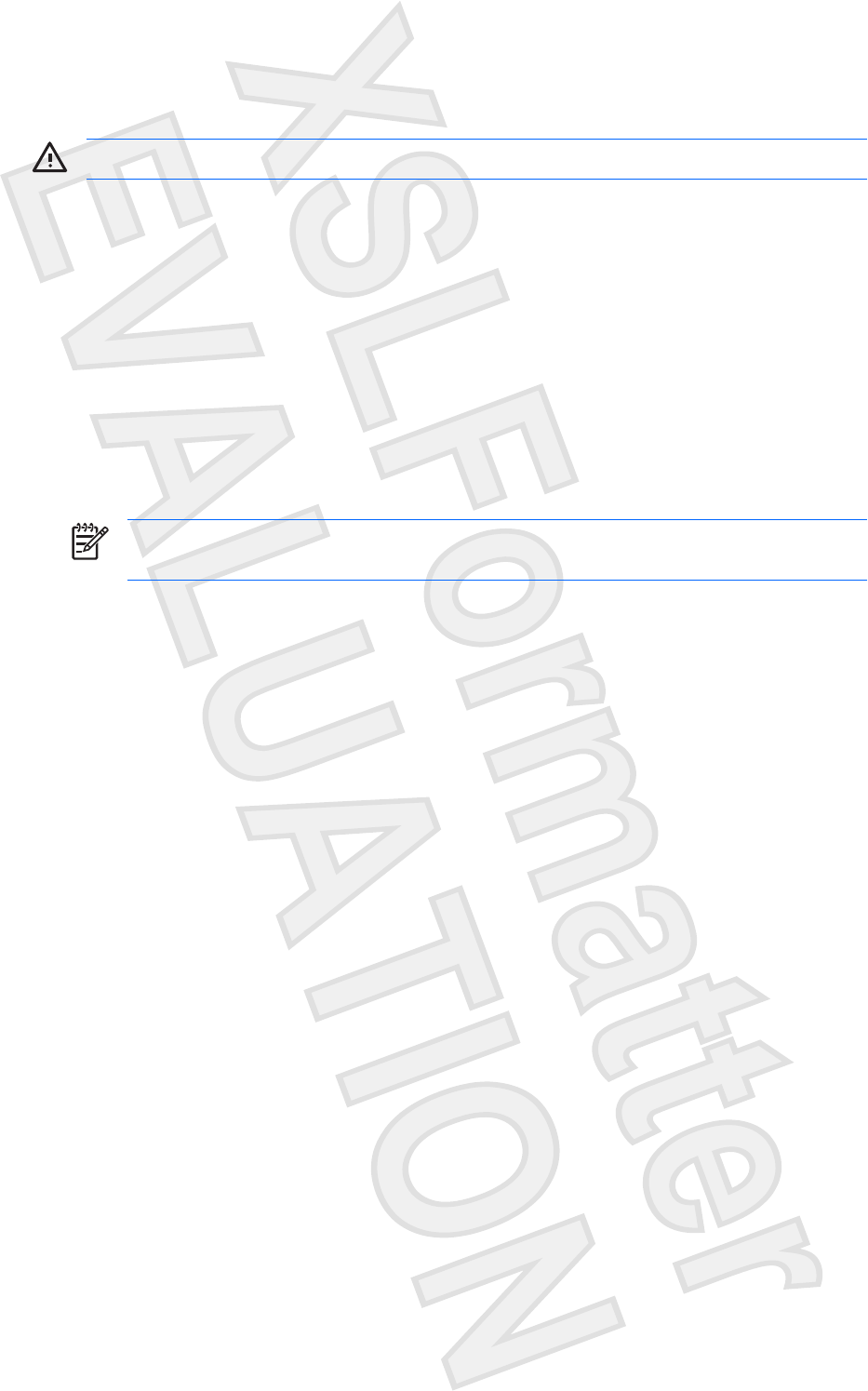
Charging a battery
WARNING! Do not charge the computer battery while you are onboard aircraft.
The battery charges whenever the computer is plugged into external power through an AC adapter, an
optional expansion product, or an optional power adapter.
The battery charges whether the computer is off or in use, but it charges faster while the computer is
off.
Charging may take longer if a battery is new, has been unused for 2 weeks or more, or is much warmer
or cooler than room temperature.
To prolong battery life and optimize the accuracy of battery charge displays, follow these
recommendations:
●If you are charging a new battery, charge it fully before turning on the computer.
●Charge the battery until the battery light turns off.
NOTE If the computer is on while the battery is charging, the battery meter in the
notification area may show 100 percent charge before the battery is fully charged.
●Allow the battery to discharge below 5 percent of a full charge through normal use before charging
it.
●If the battery has been unused for one month or more, calibrate the battery instead of simply
charging it.
The battery light displays charge status:
●On: The battery is charging.
●Blinking: The battery has reached a low-battery condition and is not charging.
●Off: The battery is fully charged or not installed.
8 Chapter 2 Using battery power ENWW
Antenna House XSL Formatter (Evaluation) http://www.antennahouse.com/
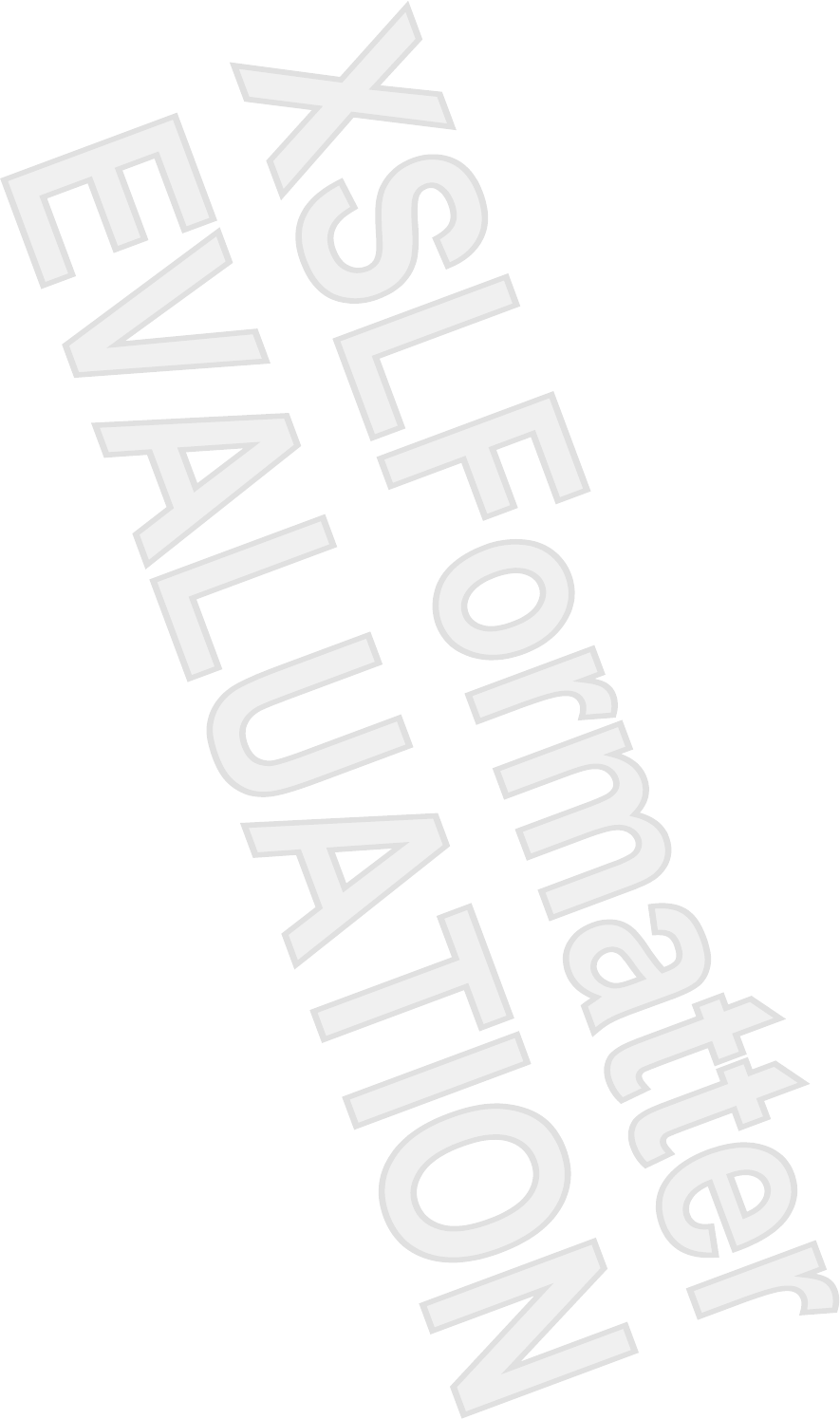
Managing low-battery conditions
The information in this section describes the alerts and system responses set at the factory. Some low-
battery condition alerts and system responses can be changed using Power Options in Windows Control
Panel. Preferences set using Power Options do not affect lights.
Identifying low-battery conditions
When a battery that is the sole power source for the computer reaches a low-battery condition, the
battery light blinks.
If a low-battery condition is not resolved, the computer enters a critical low-battery condition, and the
battery light continues to blink.
In a critical low-battery condition:
●If Hibernation is enabled and the computer is on or in the Sleep state, the computer initiates
Hibernation.
●If Hibernation is disabled and the computer is on or in the Sleep state, the computer remains briefly
in the Sleep state, and then shuts down and loses any unsaved information.
ENWW Managing low-battery conditions 9
Antenna House XSL Formatter (Evaluation) http://www.antennahouse.com/
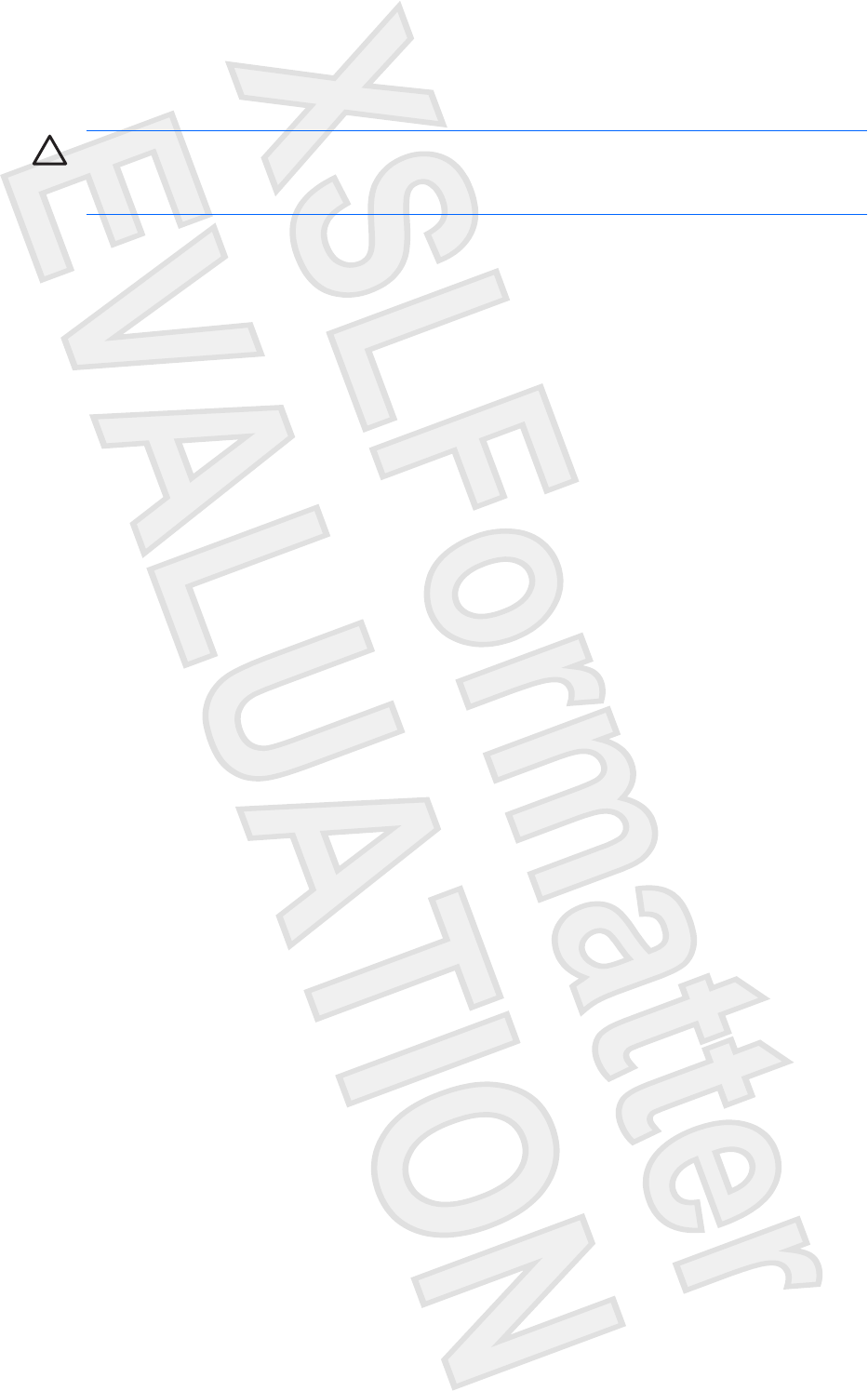
Resolving a low-battery condition
CAUTION To reduce the risk of losing information when the computer reaches a critical low-
battery condition and has initiated Hibernation, do not restore power until the power lights turn
off.
Resolving a low-battery condition when external power is available
Connect one of the following devices:
●AC adapter
●Optional expansion product
●Optional power adapter
Resolving a low-battery condition when a charged battery is available
1. Turn off the computer or initiate Hibernation.
2. Remove the discharged battery, and then insert a charged battery.
3. Turn on the computer.
Resolving a low-battery condition when no power source is available
Initiate Hibernation.
– or –
Save your work and shut down the computer.
Resolving a low-battery condition when the computer cannot exit Hibernation
When the computer lacks sufficient power to exit Hibernation:
1. Insert a charged battery or plug the computer into external power.
2. Exit Hibernation by pressing the power button.
10 Chapter 2 Using battery power ENWW
Antenna House XSL Formatter (Evaluation) http://www.antennahouse.com/
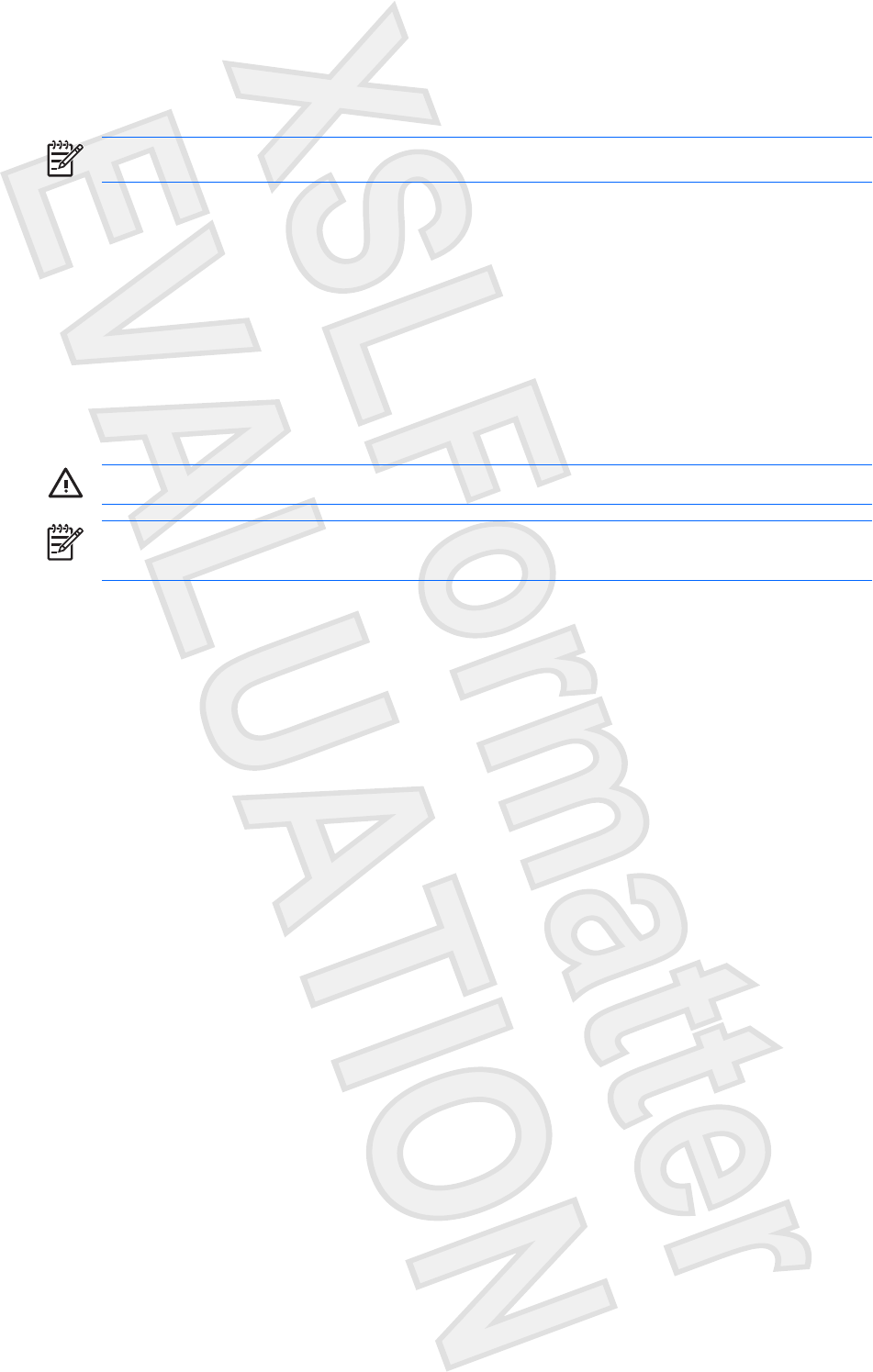
Calibrating a battery
NOTE It is not necessary to calibrate a new battery.
Even if a battery is heavily used, it should not need to be calibrated more than once a month. Calibrate
a battery under the following conditions:
●When battery charge displays seem inaccurate
●When you observe a significant change in battery run time
●When the battery has been unused for one month or more
Three steps are involved in calibrating a battery: fully charging, discharging, and then fully recharging.
Step 1: Fully charge the battery
WARNING! Do not charge the computer battery while you are onboard aircraft.
NOTE A battery can charge whether the computer is off or in use, but it will charge faster when
the computer is off.
To fully charge the battery:
1. Insert the battery into the computer.
2. Connect the computer to an AC adapter, optional power adapter, optional expansion product, or
optional docking device, and then plug the adapter or device into external power.
The battery light on the computer turns on.
3. Leave the computer plugged into external power until the battery is fully charged.
The battery light on the computer is turns off.
Step 2: Disable Hibernation and Sleep
1. Click the battery meter icon in the notification area, and then click More power options.
– or –
Click Start > Control Panel > System and Maintenance > Power Options.
2. Under the current power plan, click Change this plan.
3. Record the Turn off display and Put computer to sleep settings listed in the On battery column
so that you can reset them after the calibration.
4. Change the Turn off display and Put computer to sleep settings to Never.
5. Click Change advanced power settings.
6. Click the plus sign next to Sleep, and then click the plus sign next to Hibernate after.
7. Record the On battery setting under Hibernate after so that you can reset it after the calibration.
8. Change the On battery setting to Never.
ENWW Calibrating a battery 11
Antenna House XSL Formatter (Evaluation) http://www.antennahouse.com/
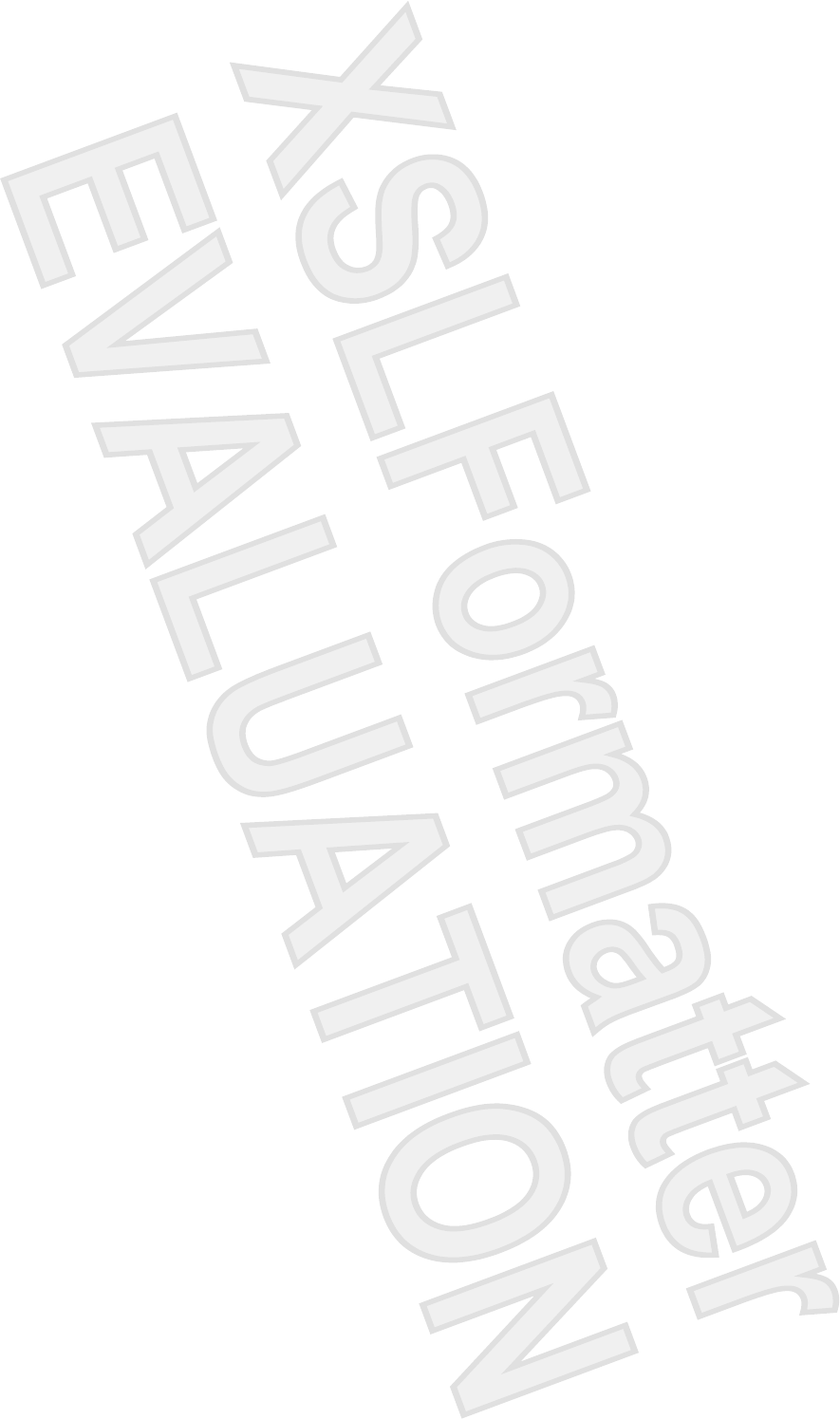
9. Click OK.
10. Click Save settings.
Step 3: Discharge the battery
The computer must remain on while the battery is being discharged. The battery can discharge whether
or not you are using the computer but will discharge faster while the computer is in use.
●If you plan to leave the computer unattended during the discharge, save your information before
beginning the discharge procedure.
●If you use the computer occasionally during the discharge procedure and have set energy-saving
timeouts, expect the following performance from the system during the discharge process:
●The monitor will not turn off automatically.
●Hard drive speed will not decrease automatically when the computer is idle.
●System-initiated Hibernation will not occur.
To discharge a battery:
1. Unplug the computer from its external power source, but do not turn off the computer.
2. Run the computer on battery power until the battery is discharged. The battery light begins to blink
when the battery has discharged to a low-battery condition. When the battery is discharged, the
battery light turns off and the computer shuts down.
12 Chapter 2 Using battery power ENWW
Antenna House XSL Formatter (Evaluation) http://www.antennahouse.com/
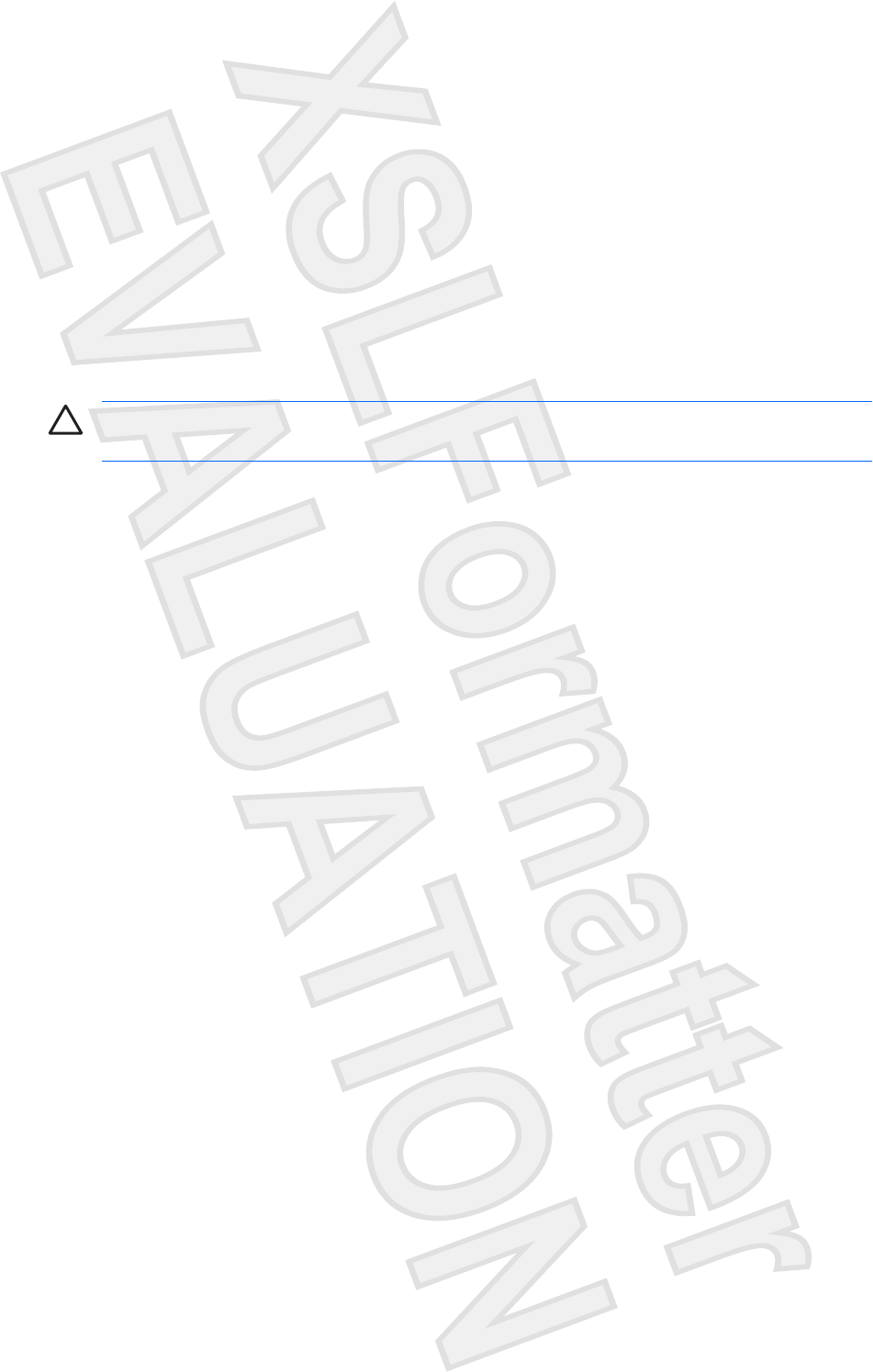
Step 4: Fully recharge the battery
To recharge the battery:
1. Plug the computer into external power and maintain external power until the battery is fully
recharged. When the battery is recharged, the battery light on the computer turns off.
You can use the computer while the battery is recharging, but the battery will charge faster if the
computer is off.
2. If the computer is off, turn it on when the battery is fully charged and the battery light has turned
off.
Step 5: Reenable Hibernation and Sleep
CAUTION Failure to reenable Hibernation after calibration may result in a full battery discharge
and potential information loss.
1. Right-click the Power Meter icon in the notification area, at the far right of the taskbar, and then
click Adjust Power Properties.
– or –
Select Start > Control Panel > Performance and Maintenance > Power Options.
2. Reenter the settings that you recorded for the items in the On battery column.
3. Click Change advanced power settings.
4. Click the plus sign next to Sleep, and then the plus sign next to Hibernate after.
5. Reenter the setting that you recorded for On battery.
6. Click OK.
7. Click Save settings.
ENWW Calibrating a battery 13
Antenna House XSL Formatter (Evaluation) http://www.antennahouse.com/
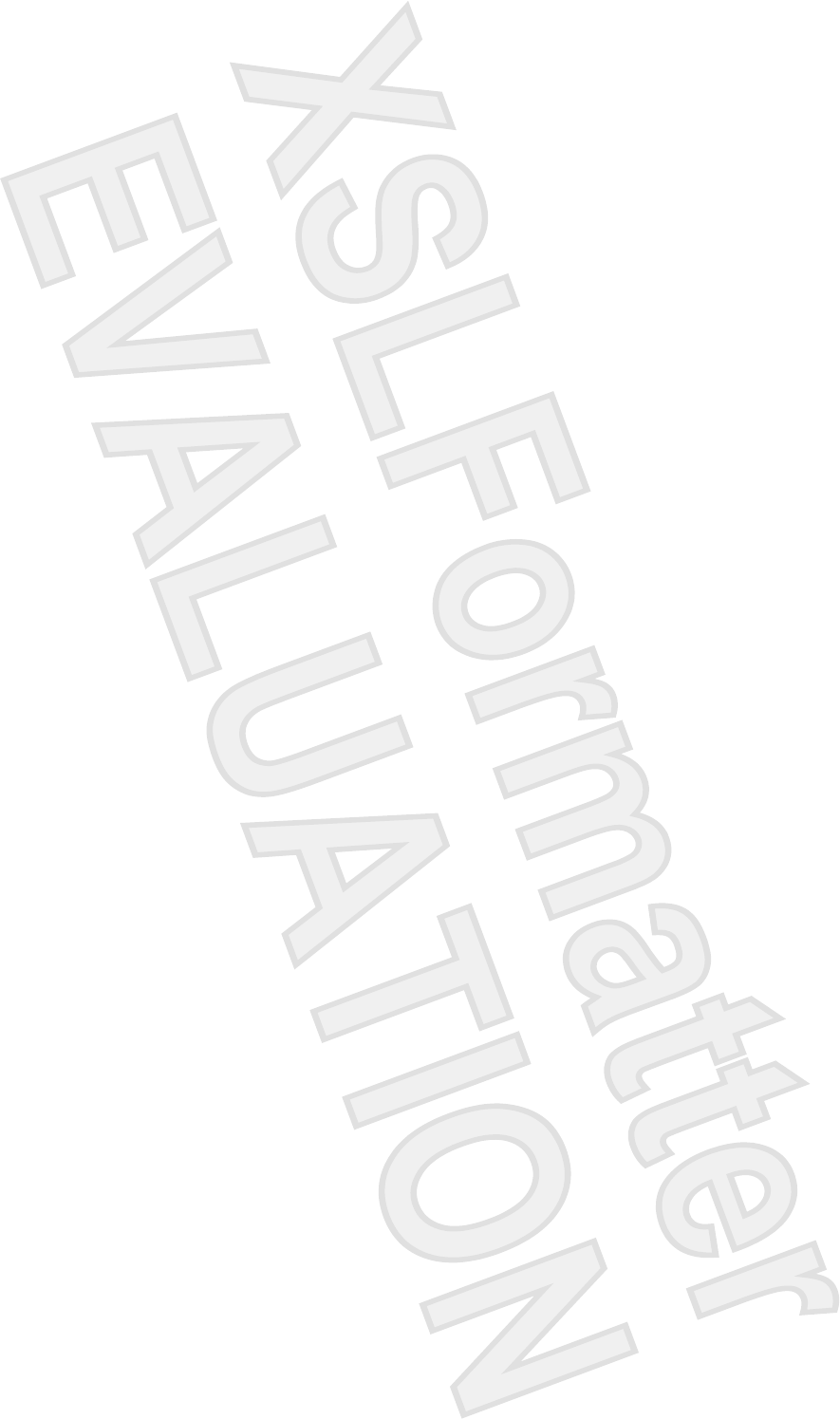
Conserving battery power
●Use the operating system to select a power plan with low power-use settings.
●Turn off wireless and local area network (LAN) connections and exit modem applications when you
are not using them.
●Disconnect external devices that are not plugged into an external power source, if you are not using
them.
●Stop, disable, or remove any external media cards that you are not using.
●Use the fn+f8 and fn+f7 hotkeys to adjust screen brightness as needed.
●Use optional powered speakers instead of the internal speakers, or adjust speaker volume as you
needed.
●If an external display device is connected to the computer, press fn+f4 to switch the screen image
from the computer display to the external display.
●If you leave your work, initiate Sleep or Hibernation, or shut down the computer.
14 Chapter 2 Using battery power ENWW
Antenna House XSL Formatter (Evaluation) http://www.antennahouse.com/
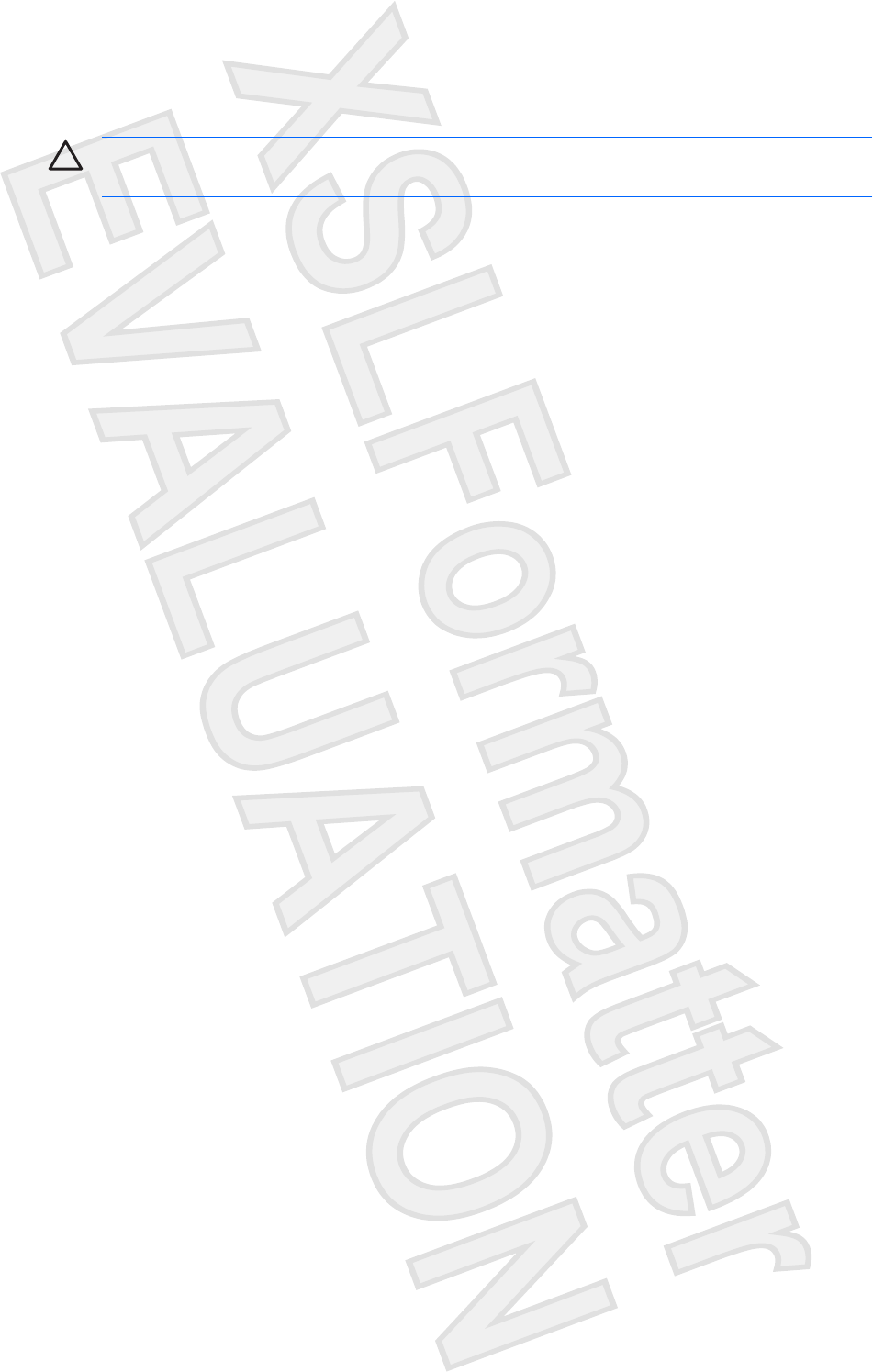
Storing a battery
CAUTION To prevent damage to a battery, do not expose it to high temperatures for extended
periods of time.
If a computer will be unused and unplugged from external power for more than 2 weeks, remove the
battery and store it separately.
To prolong the charge of a stored battery, place it in a cool, dry place.
Calibrate a battery before using it if it has been stored for one month or more.
ENWW Storing a battery 15
Antenna House XSL Formatter (Evaluation) http://www.antennahouse.com/
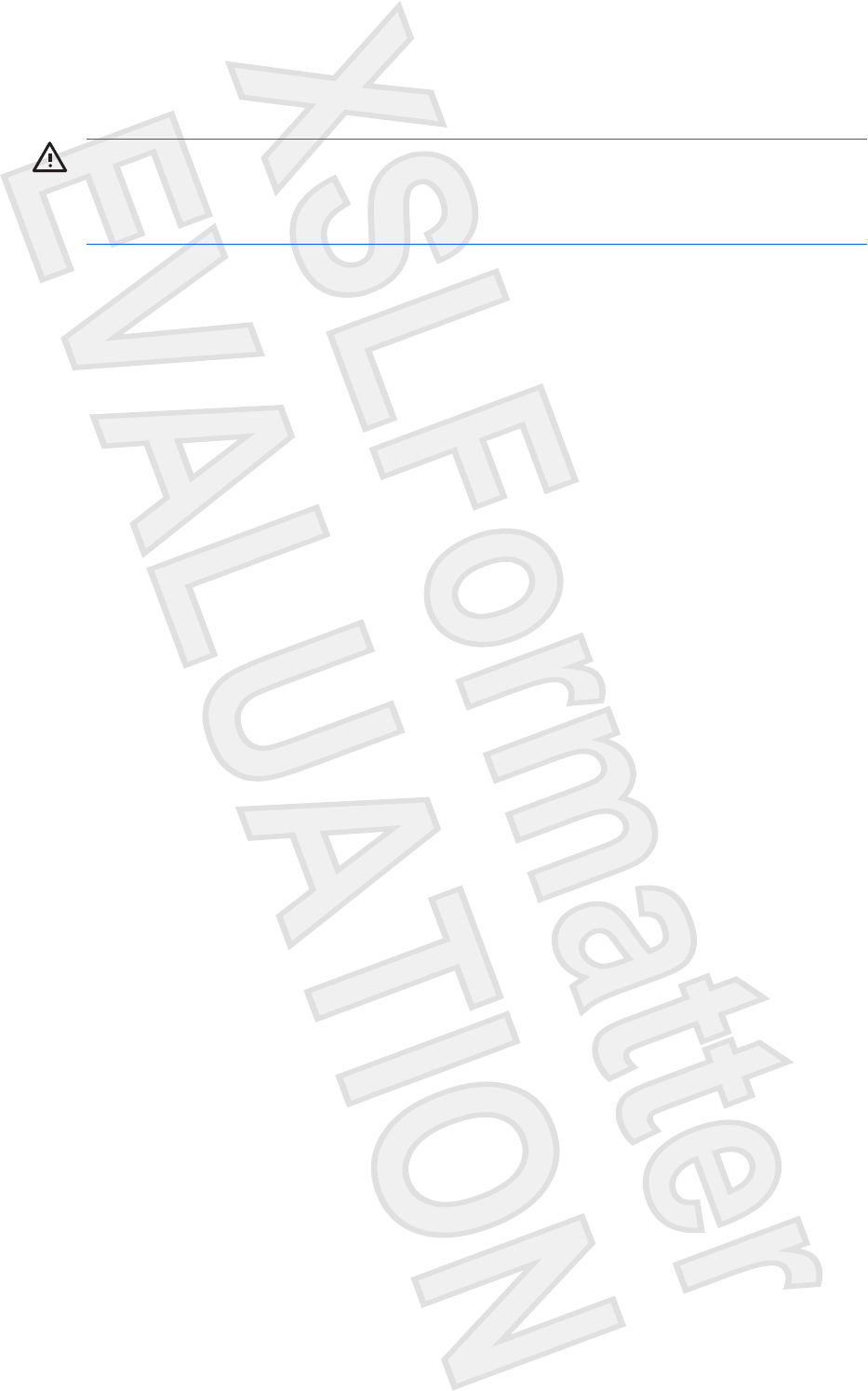
Disposing of a used battery
WARNING! To reduce the risk of fire or burns, do not disassemble, crush, or puncture a battery;
short the external contacts on a battery; or dispose of a battery in fire or water. Do not expose a
battery to temperatures above 60˚C (140˚F). Replace the battery only with a battery approved
for this computer.
Refer to the Regulatory, Safety, and Environmental Notices for battery disposal information.
16 Chapter 2 Using battery power ENWW
Antenna House XSL Formatter (Evaluation) http://www.antennahouse.com/
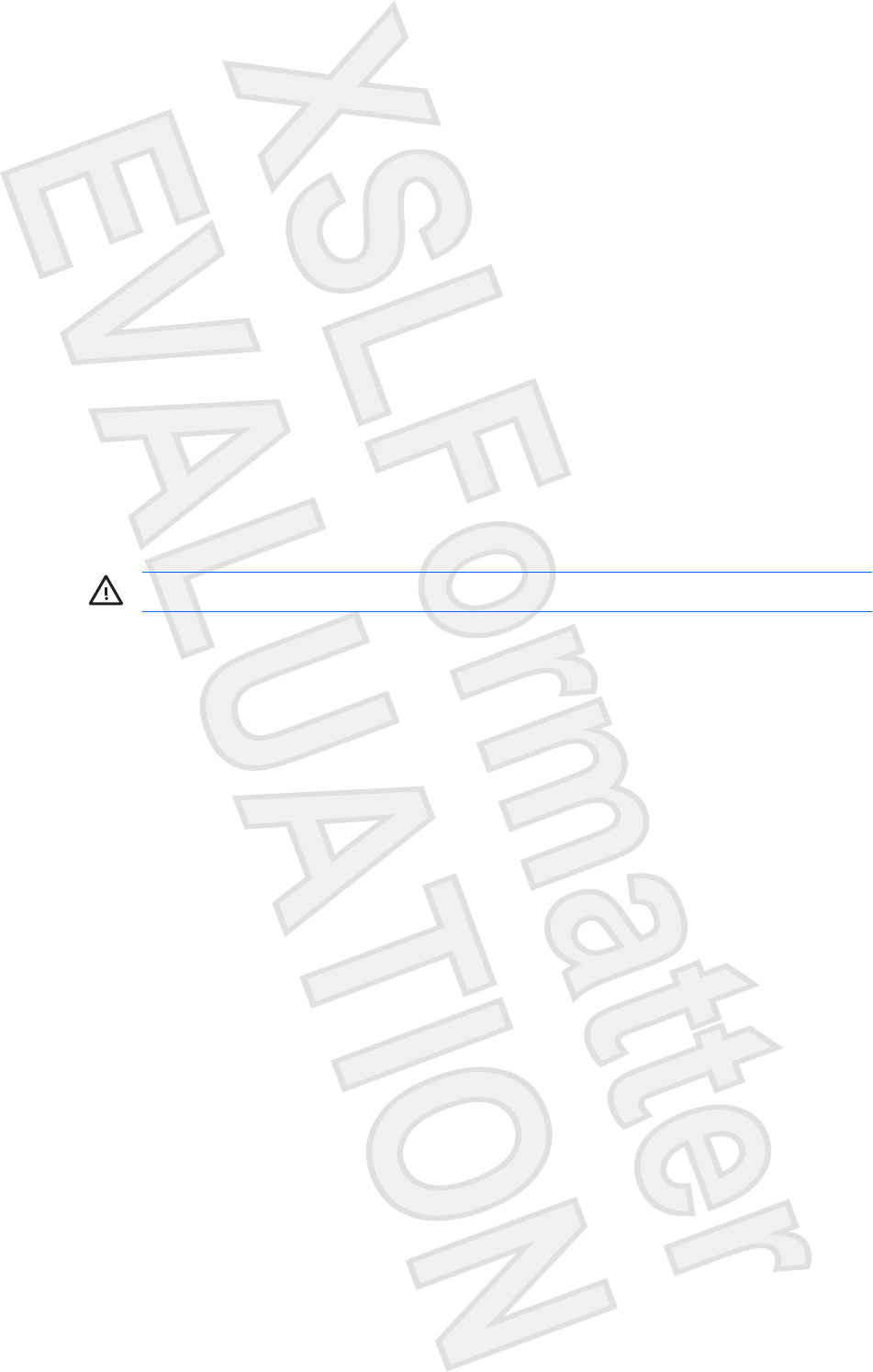
3 Using external AC power
External AC power is supplied through one of the following devices:
●AC adapter included with the computer
●Optional docking device or expansion product
●Optional power adapter
Connect the computer to external AC power under any of the following conditions:
●When you are charging or calibrating a battery pack.
WARNING! Do not charge the computer battery while you are onboard aircraft.
●When you are installing or modifying system software.
●When you are writing information to a CD or DVD.
When you connect the computer to external AC power, the following events occur:
●The battery begins to charge.
●If the computer is turned on, the battery meter icon in the notification area changes appearance.
When you disconnect external AC power, the following events occur:
●The computer switches to battery power.
●The display brightness is automatically decreased to save battery life. To increase display
brightness, press the fn+f8 hotkey or reconnect the AC adapter.
ENWW 17
Antenna House XSL Formatter (Evaluation) http://www.antennahouse.com/
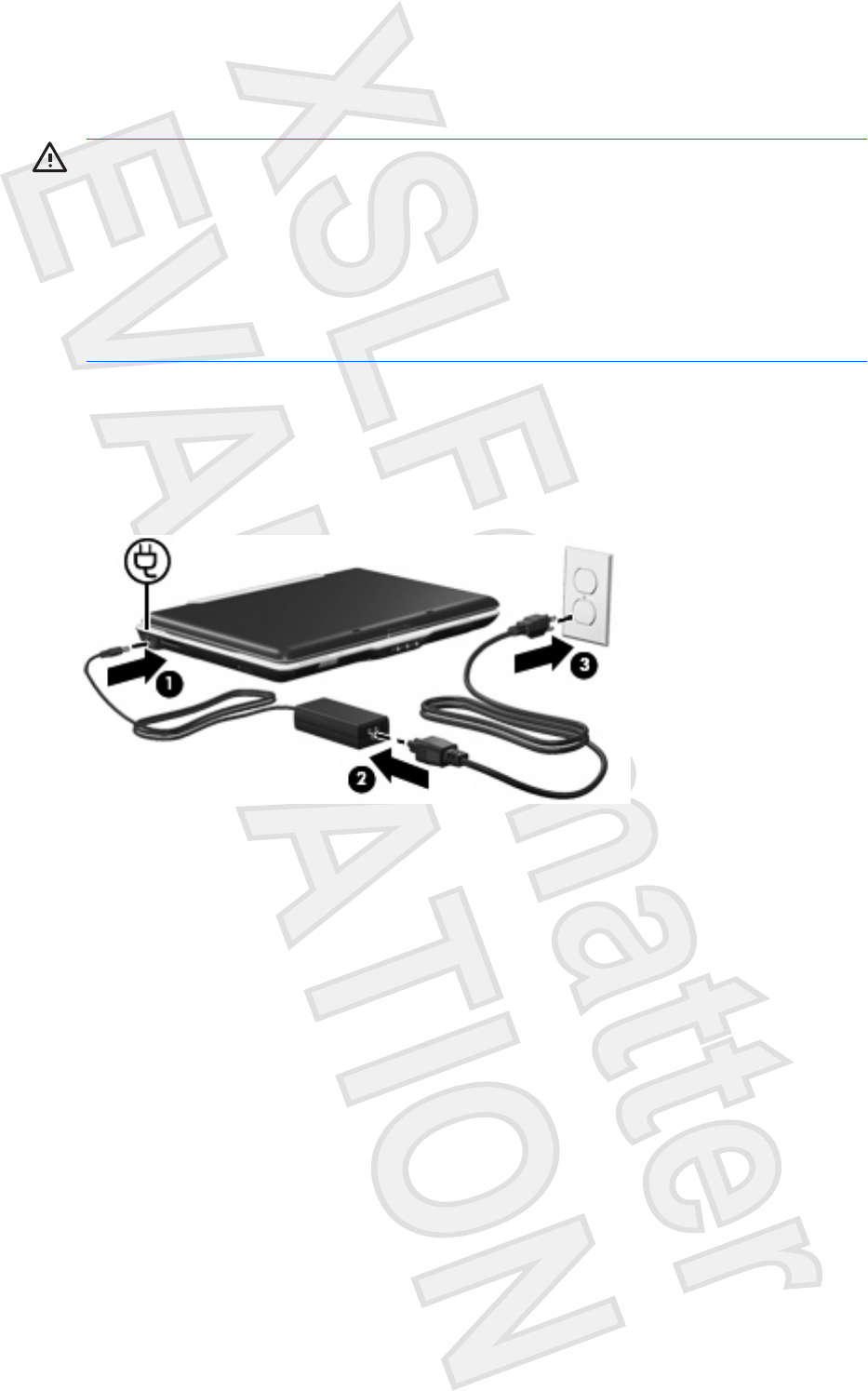
Connecting the AC adapter
WARNING! To reduce the risk of electric shock or damage to the equipment:
Plug the power cord into an AC outlet that is easily accessible at all times.
Disconnect power from the computer by unplugging the power cord from the AC outlet (not by
unplugging the power cord from the computer).
If provided with a 3-pin attachment plug on the power cord, plug the cord into a grounded (earthed)
3-pin outlet. Do not disable the power cord grounding pin, for example, by attaching a 2-pin
adapter. The grounding pin is an important safety feature.
To connect the computer to external AC power:
1. Plug the AC adapter into the power connector (1) on the computer.
2. Plug the power cord into the AC adapter (2).
3. Plug the other end of the power cord into an AC outlet (3).
18 Chapter 3 Using external AC power ENWW
Antenna House XSL Formatter (Evaluation) http://www.antennahouse.com/
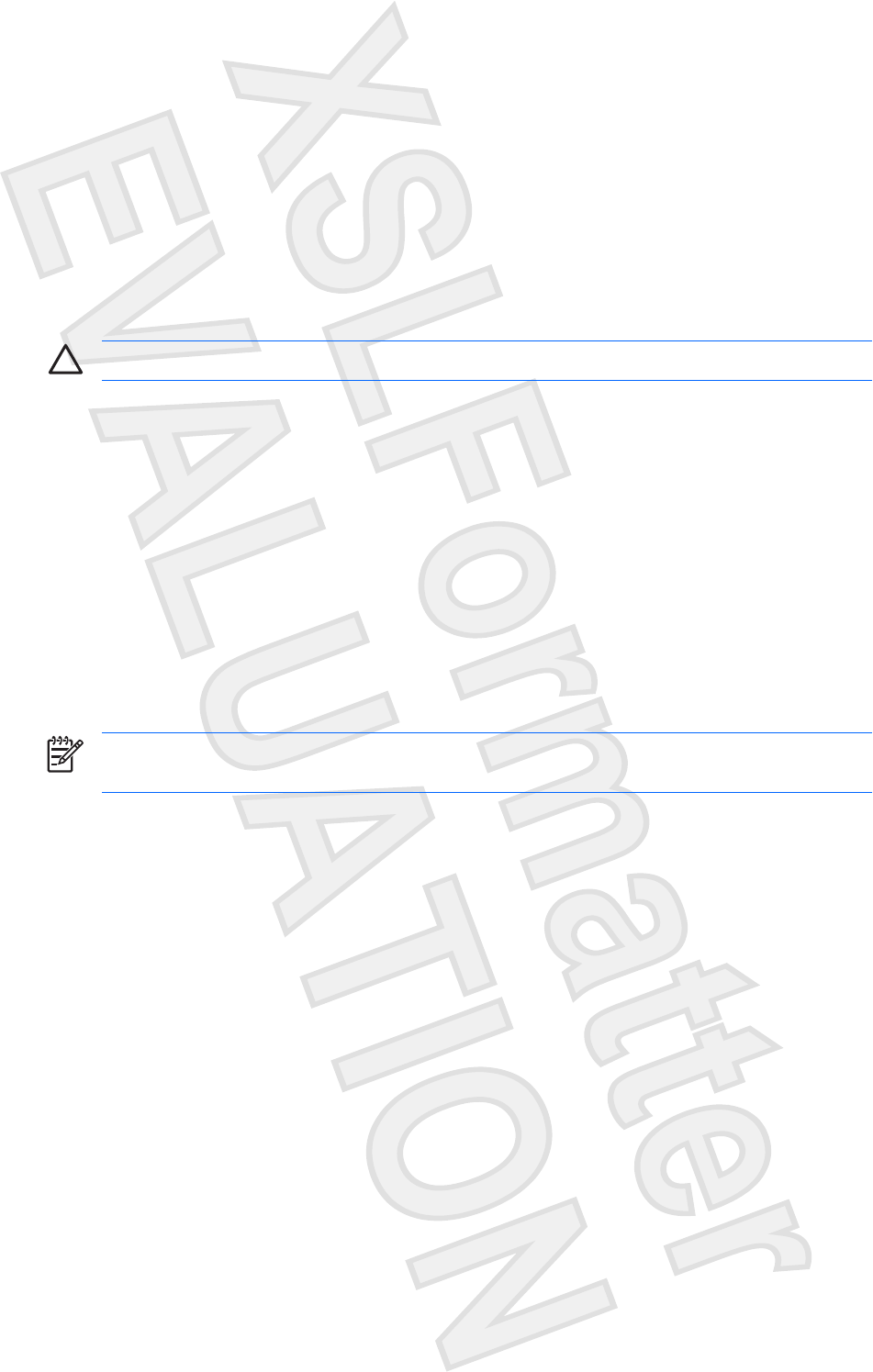
4 Shutting down the computer
CAUTION Shutting down the computer results in the loss of unsaved information.
The Shut Down command closes all open programs, including the operating system, and then turns off
the display and computer.
Shut down the computer under any of the following conditions:
●When you need to replace the battery or access components inside the computer.
●When you are connecting an external hardware device that does not connect to a USB port or a
1394 port.
●When you have installed a program or update that requires Windows to restart to complete the
installation.
●When the computer will be unused and disconnected from external power for an extended period.
To shut down the computer:
NOTE If the computer is in the Sleep state or in Hibernation, you must first exit Sleep or
Hibernation before shutdown is possible.
1. Save your work and close all open programs.
2. Click Start, and then click the arrow next to the Lock button.
3. Click Shut Down.
If the computer is unresponsive and you are unable to use normal Windows shutdown procedures, try
the following emergency procedures in the sequence provided:
●Press ctrl+alt+delete. Then, click the arrow next to the power button icon and click Shut Down.
●Press and hold the power button for at least 5 seconds.
●Disconnect the computer from external power and remove the battery.
ENWW 19
Antenna House XSL Formatter (Evaluation) http://www.antennahouse.com/
